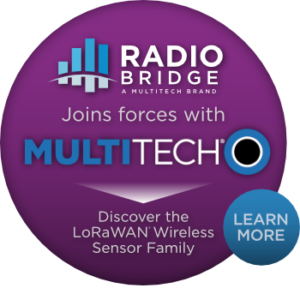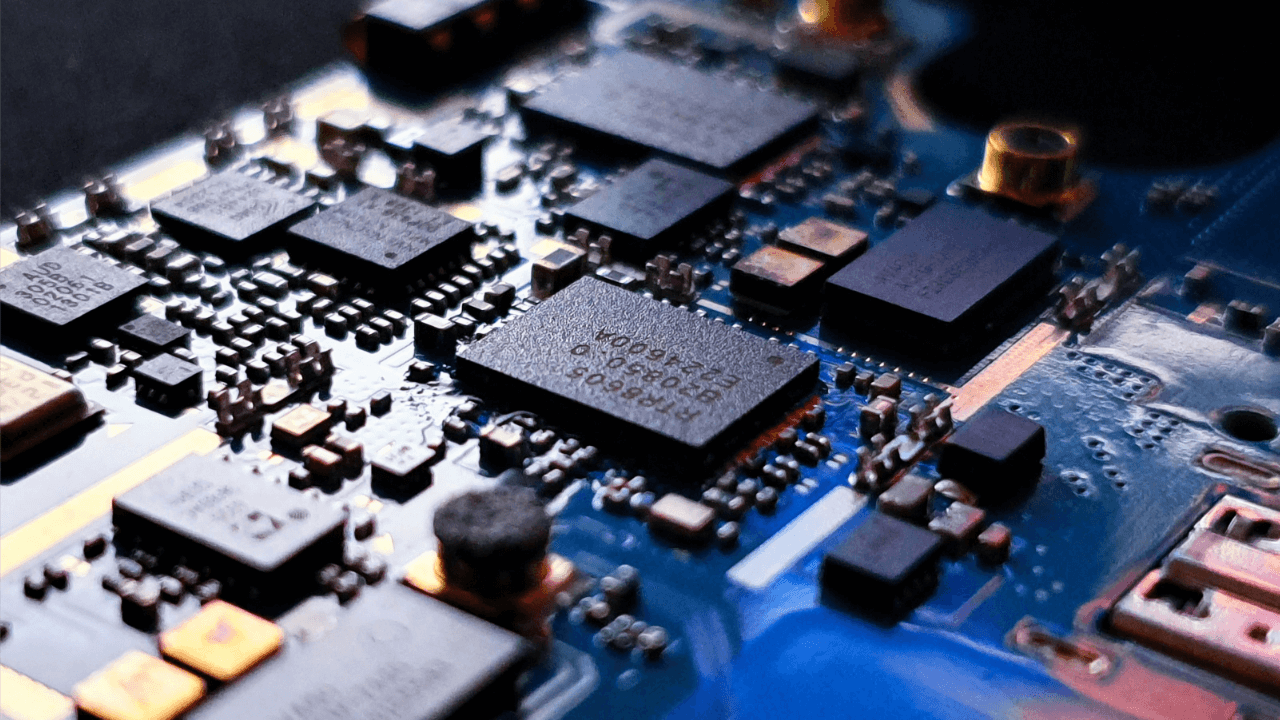
One of the biggest advantages of the Internet of Things (IoT) is that companies can decentralize and automate many important activities, from data collection to surveillance.
Business leaders can deploy hundreds or thousands of wireless sensors without adding significant administrative burden to their organizations. Consequently, they can create new efficiencies that were previously impossible or unreasonable for humans to execute.
One way that many are using IoT sensors is to protect essential staff and field workers while on the job. At all times, wireless sensors can detect harmful gases, identify early malfunctions, catch liquid leaks, and address other operational conditions that could harm people.
Companies that learn how to design IoT networks effectively can significantly reduce liability while protecting their workforces. Additionally, workers can trust that they are safe under the reliable observation of new-age wireless sensor technology.
Below, we highlight many ways that wireless sensors can facilitate safe working conditions and proactively mitigate catastrophic events.
Safety Use Cases for Wireless Sensors
Preventing heat exhaustion in warehouses
In warehouses, wireless temperature sensors are useful for alerting supervisors when conditions are unsafe for intense manual labor. Heat exhaustion is not uncommon, especially in warm and humid areas. Industrial machinery can also increase warehouse temperatures and detract from employee productivity.
Warehouse supervisors and operators can easily install wireless temperature and humidity sensors throughout their facilities to ensure proper levels exist in all areas. When heat index levels rise beyond certain thresholds, managers can encourage their teams to take additional water breaks and work within their physical limits. Temperature sensors can also highlight when bigger problems might exist with HVAC systems or industrial fans.
Employers must take care of these issues as soon as they arise to maintain comfortable temperatures for employees and reduce exposure to heat-induced health issues.
Enabling predictive maintenance
Wireless vibration and movement sensors have many uses in next-gen IoT networks. Many are deploying these devices to enable predictive maintenance, which is the practice of evaluating equipment or machinery to estimate when future fixes may be necessary.
According to the Bureau of Labor Statistics, 34,000 people every year are injured in machine-related accidents, and 11,000 of these events involve severe lacerations. Many can be prevented if operators can identify potential problems before they occur.
Supervisors can install wireless vibration sensors on critical machines, infrastructure, or equipment that human laborers use regularly. They can track moving parts on machinery with acceleration-based sensors that detect abnormal or irregular speeds. Wireless voltage sensors can also alert if electric currents fall out of expected ranges and pose a risk to employees.
In general, the less time employees have repairing broken machinery, the less likely they are to get injured. And, with wireless sensors, it is now easier than ever to track the integrity of critical industrial equipment remotely without putting people directly in harm’s way.
Detecting harmful gases
There are many types of wireless sensors that can detect various gases and airborne toxins. For example, operators can use off-the-shelf gas leak detectors to send alerts when colorless and odorless chemicals, such as carbon monoxide, are in the air. These devices are important in industrial plants, pharmaceutical manufacturers, or facilities that carry out chemical reactions.
Using wireless bridges, operators can transform any wireless gas detector, propane alarm, or other specific chemical identifiers into a LoRaWAN® sensor. Bridges enable tremendous versatility and flexibility when it comes to building IoT networks. Without investing massive amounts of capital, leaders can deploy gas detectors that monitor large areas at all times to protect onsite staff.
Identifying liquid spills
Liquid spills are dangerous in a number of ways. Employees can easily slip on wet surfaces near leaking pipes or dripping tanks. These events can lead to accusations of “gross negligence” on the part of the employer, which could, in turn, lead to lawsuits.
With wireless chemical leak sensors, supervisors can closely watch vulnerable areas and catch issues as soon as they occur. Wireless rope sensors are also effective for covering wide areas where substances may accumulate to identify potential slip hazards.
Chemical or gas spills can endanger staff as well. Chemical leak sensors can help catch broader infrastructural issues that could eventually lead to major problems if not addressed immediately. Chemical plant explosions with reasonable frequency in the modern age. Many times, the underlying causes are related to employee negligence or improperly maintained structures. Wireless sensors can eliminate much of this burden from plant operators.
Enabling emergency response
Wireless push buttons can also help managers protect staff from harm. These devices can be placed throughout facilities and used as emergency response devices in common areas, like bathrooms, or on industrial floors where employees may want to quickly alert emergency authorities of machine accidents. Push buttons can also enable factory designers to optimize production layouts for employee safety and performance.
Outside of the industrial setting, push buttons can also serve as panic buttons in healthcare facilities or financial institutions. Patients and medical professionals could both use push buttons to call for additional help if needed. Front desk personnel can also instantly alert authorities of threatening individuals entering workplaces.
Using Radio Bridge, A MultiTech Brand, Wireless Sensors to Bolster IoT Networks
At Radio Bridge, we design and manufacture wireless sensors for a wide variety of LoRaWAN applications and use cases. Our expert team can customize sensors, build complete cloud-to-sensor systems, and lease existing networks for use.
Using the Radio Bridge Device Management Console, operators can easily provision, monitor, and configure devices that are already in the field. Additionally, we offer a Sensor Vision phone app for those who want to check the statuses of their networks over their mobile devices.
With Radio Bridge’s technology suite, it’s never been easier to monitor dangerous processes or protect employees on the job.
Interested in learning more about Radio Bridge’s IoT sensor products and services?





